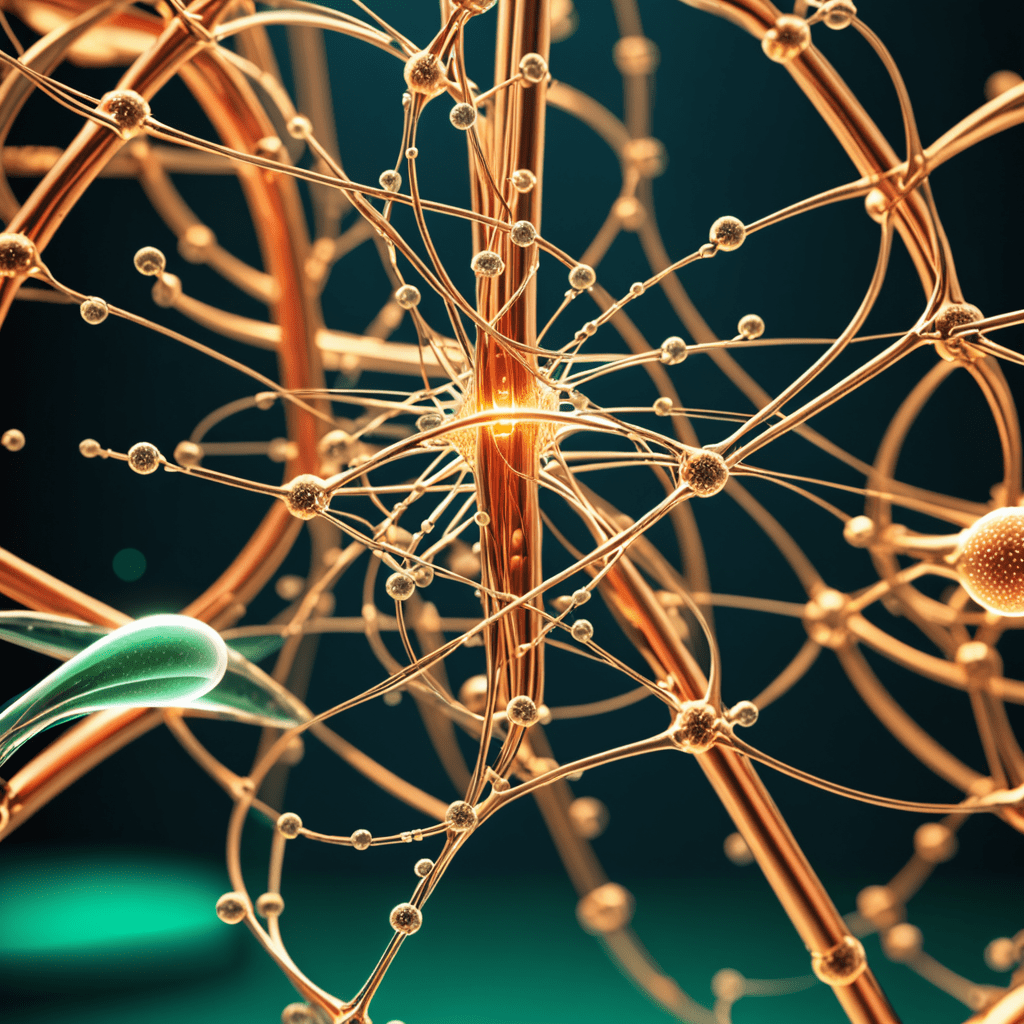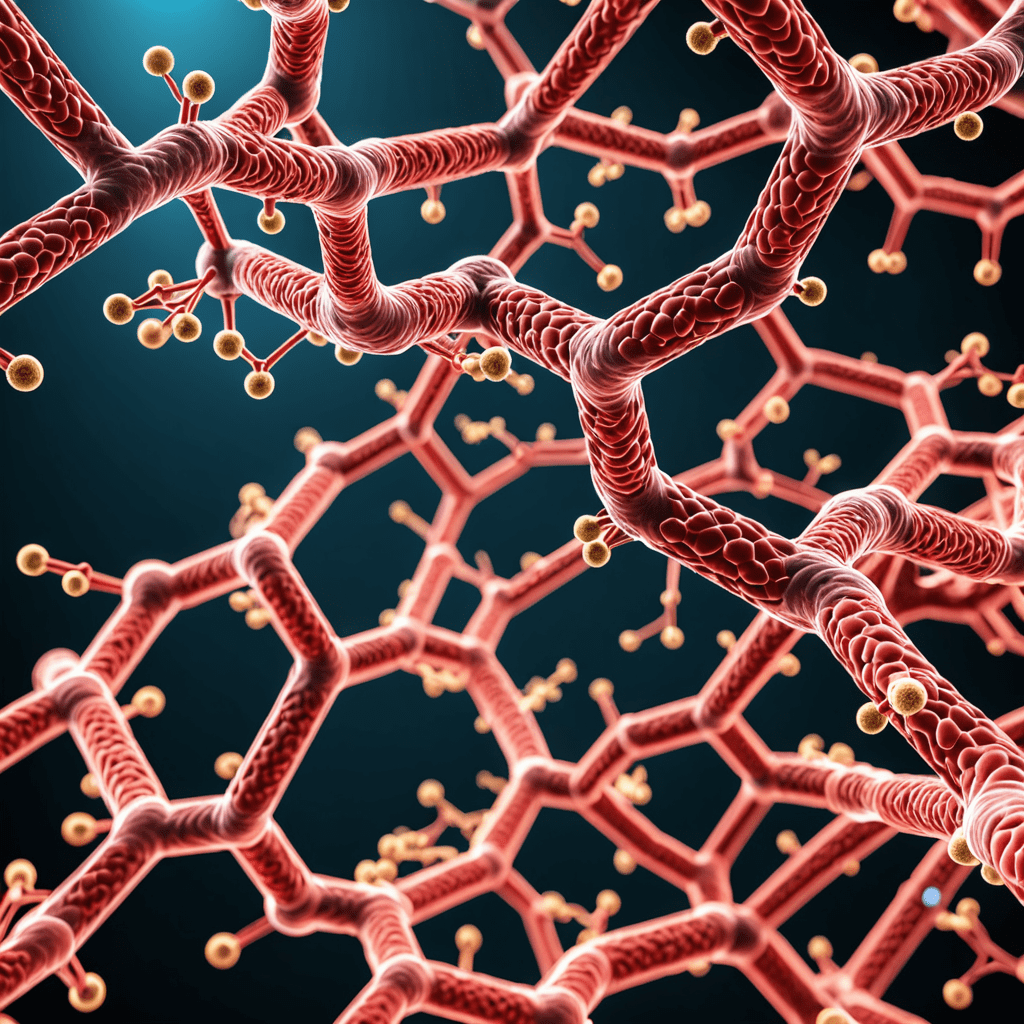
The Fascinating World of Biomolecular Simulations in Biotechnology and Bioinformatics
Biomolecular simulations play a pivotal role in advancing the fields of biotechnology and bioinformatics by allowing scientists to virtually study the behavior and interactions of molecules at the atomic level.
Understanding Biomolecular Simulations
At the core, biomolecular simulations utilize computational techniques to model the movements and dynamics of biological molecules such as proteins, DNA, and lipids. This enables researchers to explore how these molecules function and interact in a simulated environment.
Importance of Biomolecular Simulations in Research
Biomolecular simulations provide invaluable insights into the structure-function relationships of biomolecules, aiding in the design of new drugs, understanding disease mechanisms, and engineering proteins with desired properties.
Types of Biomolecular Simulations
There are two main types of biomolecular simulations: molecular dynamics simulations, which track the movements of atoms over time, and Monte Carlo simulations, which sample the possible conformations of molecules.
Applications of Biomolecular Simulations
Biomolecular simulations are widely used in drug discovery, structural biology, protein engineering, and understanding biological processes at the molecular level. These simulations help researchers predict how molecules will behave in different conditions.
Challenges and Advances in Biomolecular Simulations
Despite their utility, biomolecular simulations face challenges such as the complexity of biological systems and limitations in computational power. However, advances in hardware and algorithms continue to enhance the accuracy and efficiency of these simulations.
The Future of Biomolecular Simulations
As technology progresses, biomolecular simulations are poised to revolutionize drug development, personalized medicine, and our understanding of complex biological systems. The integration of AI and machine learning further expands the capabilities of biomolecular simulations.
Biotechnology and Bioinformatics: Biomolecular Simulations FAQ
What are Biomolecular Simulations in Biotechnology and Bioinformatics?
Biomolecular simulations involve using computer algorithms to model the behavior and interactions of biological molecules like proteins and nucleic acids. It plays a crucial role in understanding biological processes at the molecular level.
How are Biomolecular Simulations Useful in Biotechnology?
Biomolecular simulations help biotechnologists study the structure, function, and dynamics of biomolecules, aiding in drug discovery, protein engineering, and understanding disease mechanisms. These simulations provide insights that guide experimental research.
What is the Role of Biomolecular Simulations in Bioinformatics?
In bioinformatics, biomolecular simulations are used to analyze large biological datasets, predict protein structures, and simulate molecular processes. This field helps in understanding genetic information, protein interactions, and evolutionary relationships.
What Tools and Software are Commonly Used for Biomolecular Simulations?
Popular software tools for biomolecular simulations include GROMACS, CHARMM, AMBER, and NAMD. These programs use molecular dynamics simulations and other computational methods to study the behavior of biological molecules in detail.
How Accurate are Biomolecular Simulations?
While biomolecular simulations provide valuable insights, their accuracy depends on factors like the force field used, simulation time, and limitations in modeling complex biological systems. Validation

